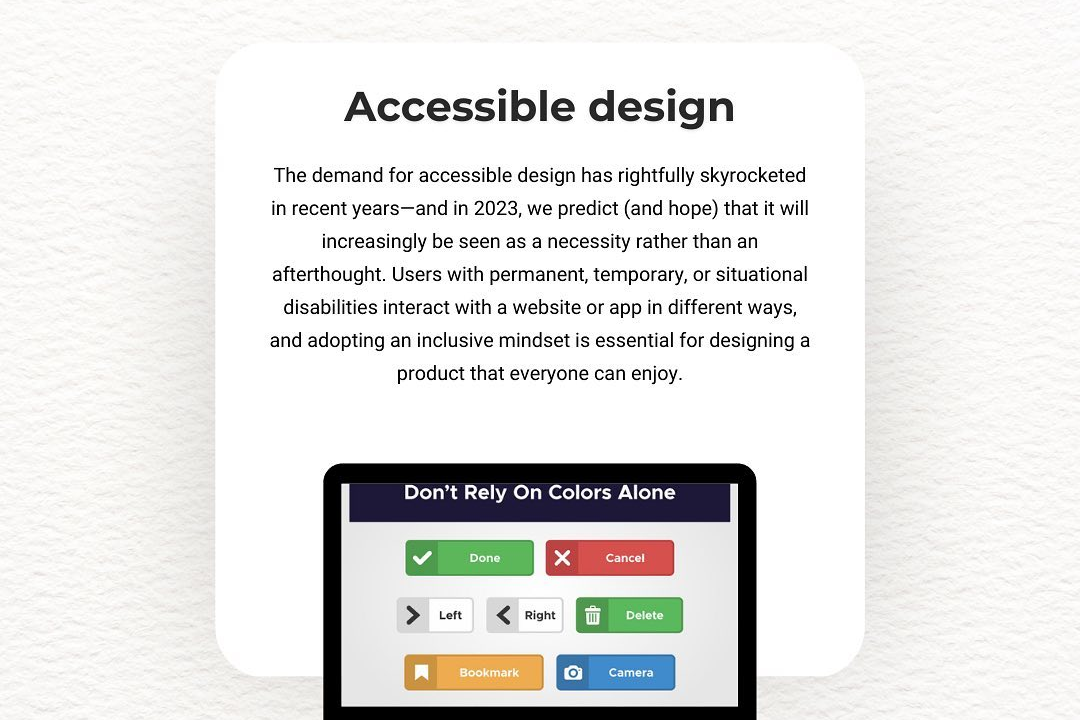Exception Handling In Java
Mastering Exception Handling in Java: Best Practices and Techniques
Exception Handling In Java
Exception handling in Java is a powerful mechanism that allows developers to manage runtime errors and maintain the normal flow of application execution. Java provides a robust framework for handling exceptions using five key keywords: `try`, `catch`, `finally`, `throw`, and `throws`. When an exception occurs within a `try` block, the flow of control is transferred to the corresponding `catch` block that handles that specific exception type, allowing the program to continue running or to perform alternative actions. The `finally` block, if present, executes regardless of whether an exception was thrown, making it suitable for cleanup operations such as closing resources like files or database connections. Exceptions can also be explicitly thrown using the `throw` keyword, and methods can declare exceptions they might throw using the `throws` clause. Java categorizes exceptions into checked exceptions, which must be declared or caught, and unchecked exceptions, which do not require explicit handling, promoting a structured approach to error management and enhancing code reliability.
To Download Our Brochure: https://www.justacademy.co/download-brochure-for-free
Message us for more information: +91 9987184296
1 - Definition of Exception: An exception is an event that disrupts the normal flow of a program's execution, indicating an error or unexpected situation that occurred during runtime.
2) Types of Exceptions: Exceptions in Java are categorized mainly into two types: checked exceptions (e.g., IOException) and unchecked exceptions (e.g., NullPointerException). Checked exceptions are checked at compile time, whereas unchecked exceptions are checked at runtime.
3) Try Catch Block: The core of exception handling in Java, the try catch block is a construct that allows you to define code that might throw an exception (inside the try block) and handle that exception (inside the catch block).
4) Finally Block: This block is optional and is used to execute code regardless of whether an exception was thrown or not. It is often used for cleanup activities (like closing files or releasing resources).
5) Throwing Exceptions: In Java, you can emit an exception using the `throw` keyword, often in situations where you want to signal that a particular condition has occurred.
6) Throws Clause: This is used in method declarations to specify that a method may throw one or more exceptions. This allows the caller of the method to handle those exceptions appropriately.
7) Custom Exceptions: Java allows you to define your own exception class by extending the `Exception` class or `RuntimeException`. This is useful when you want to represent specific error conditions unique to your application.
8) Multiple Catch Blocks: You can have multiple catch blocks to handle different types of exceptions separately within a single try block, allowing for fine tuned error handling.
9) Catch All with Exception: A catch block can catch multiple exceptions if you use a superclass reference (like `Exception`). This is a way to implement a fallback mechanism for various exceptions.
10) Nested Try Catch: You can nest try catch blocks to handle exceptions at multiple levels, allowing for sophisticated error handling strategies depending on where an error occurs in complex logic.
11) Stack Trace: When an exception occurs, Java generates a stack trace, which is a list of the method calls leading up to the exception. This helps in debugging by tracing the point of failure.
12) Exception Propagation: If an exception is not caught in a method and no handling is provided, it propagates up the call stack. The Java runtime continues to look for a suitable catch block in the calling methods.
13) Best Practices: Some best practices in exception handling include avoiding empty catch blocks, only catching exceptions that you can handle, and providing meaningful messages when throwing exceptions.
14) Java Exception Hierarchy: Understanding the class hierarchy of exceptions in Java (like `Throwable`, `Error`, and `Exception`) is important for effectively managing exceptions and knowing which exceptions to handle.
15) Error Handling Frameworks: In larger applications, leveraging error handling frameworks or libraries can streamline exception management. Many frameworks, like Spring, offer sophisticated exception handling mechanisms.
This structured approach can help students understand the nuances of exception handling in Java and prepare them for developing robust applications.
Browse our course links : https://www.justacademy.co/all-courses
To Join our FREE DEMO Session: Click Here
Contact Us for more info:
- Message us on Whatsapp: +91 9987184296
- Email id: info@justacademy.co
Java For Data Protection Mumbai












